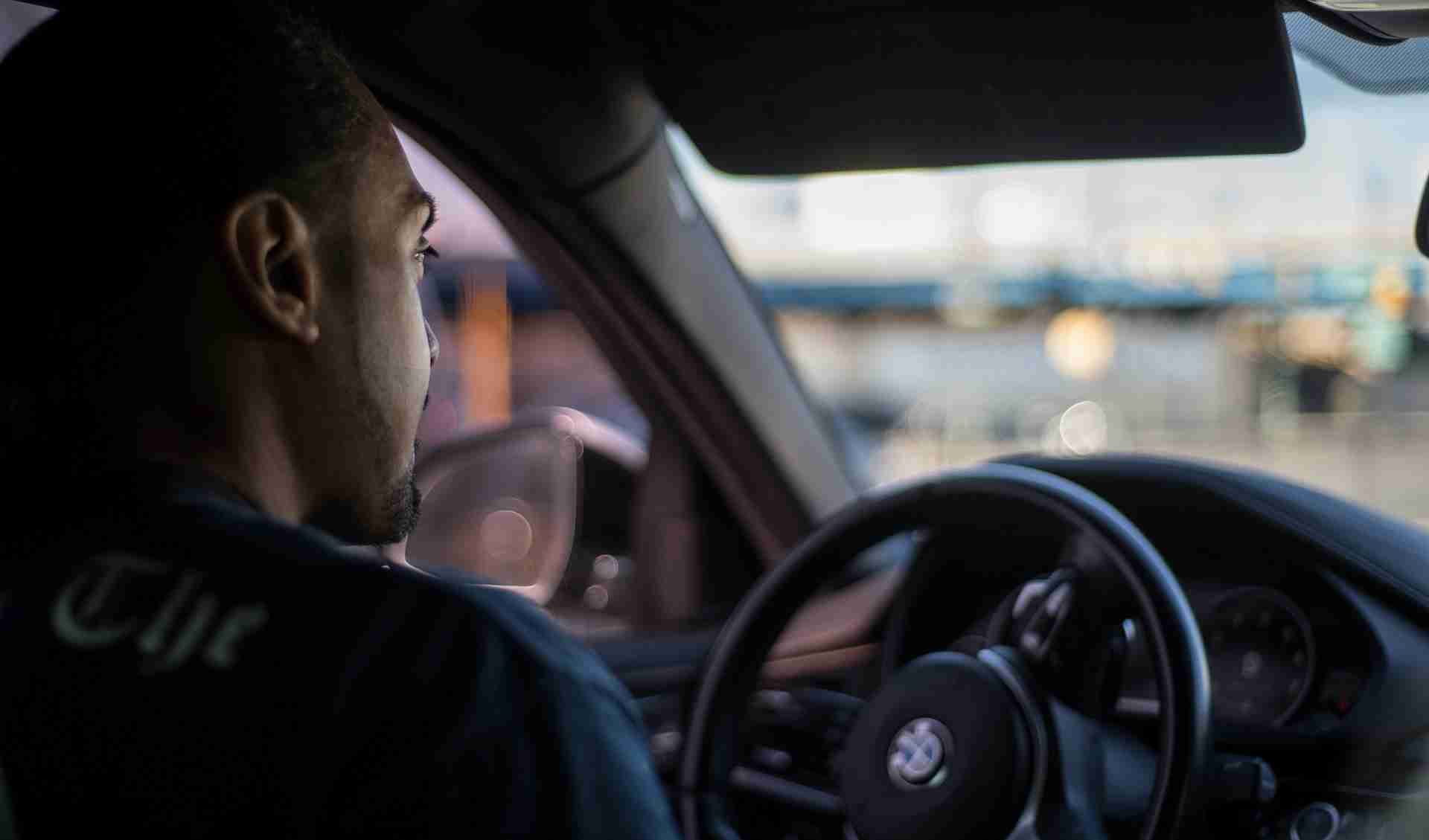
One of the most persistent and common questions within the epilepsy community is this: should a Person With Epilepsy (PWE) drive? At first glance, driving seems like a normal part of independence and mobility, but for PWEs, it is a complex and nuanced issue that involves personal safety, public safety, and legal considerations.
On one hand, being inside a car can make a PWE feel safer than being exposed on the road. After all, a car is a protective shell that provides a sense of control and security. Many PWEs rely on this perception, especially if they feel vulnerable while walking or commuting. On the other hand, a car is also a powerful machine that can present serious danger if the operator experiences a seizure while behind the wheel. The stakes are not just personal: a seizure while driving can put the driver, passengers, and countless other road users at risk of serious injury or even death.
This duality is why driving is a legally regulated activity for PWEs in most countries. Jurisdictions vary widely: some require proof of being seizure-free for a specified period, while others restrict driving entirely for anyone with epilepsy. These laws are grounded in both medical research and practical safety concerns. They recognize that, while many PWEs live seizure-free lives with proper medication and lifestyle management, the unpredictability of epilepsy creates potential hazards on the road.
At Seizure Support, our position is clear: someone living with epilepsy should not drive—at least, not until they have demonstrated long-term seizure control. This stance prioritizes the safety of the PWE and everyone else on the road. We understand that this advice can be uncomfortable and even frustrating for many, but it is the safest course of action. The reality is stark: a momentary seizure behind the wheel can have life-altering consequences for the driver and innocent bystanders alike.
However, we also recognize that some PWEs may feel compelled to drive or may achieve a level of seizure control that allows for cautious mobility. In such cases, we recommend that the individual be seizure-free for at least two years before even considering driving. Beyond meeting legal requirements, anyone in this situation must commit to defensive driving—a proactive approach that anticipates potential hazards and prioritizes safety above all else. For a PWE, knowledge and practice of defensive driving can be the literal difference between life and death.
Even with years of seizure control and mastery of defensive driving, additional precautions are essential. Driving at night should be avoided at all costs! Nighttime driving exposes a PWE to additional triggers: glaring headlights, flashing lights, and the unpredictable behavior of other drivers can provoke seizures in ways that daytime conditions may not. This is an important consideration that cannot be ignored. Even experienced drivers who are careful and defensive are not immune to these risks, and taking unnecessary chances can have catastrophic consequences.
Ultimately, the question of driving is not just about independence—it is about responsibility. PWEs face a unique challenge: balancing personal autonomy with public safety. At SS, we encourage every PWE to approach driving with caution, education, and respect for both their own well-being and that of others. The safest choice, particularly for those still experiencing seizures or recently diagnosed, is to simply abstain from driving. For those who have achieved long-term seizure control, comprehensive education in defensive driving and strict adherence to safety guidelines is non-negotiable.
This issue is discussed in detail in the Epilepsy Management Guide, which you can download for free. To participate in the discussion on this topic, visit the Global Epilepsy Forum. To know more about what we do, please click HERE. We also have a donation page where those who feel compelled can give whatever they can afford by clicking HERE.










